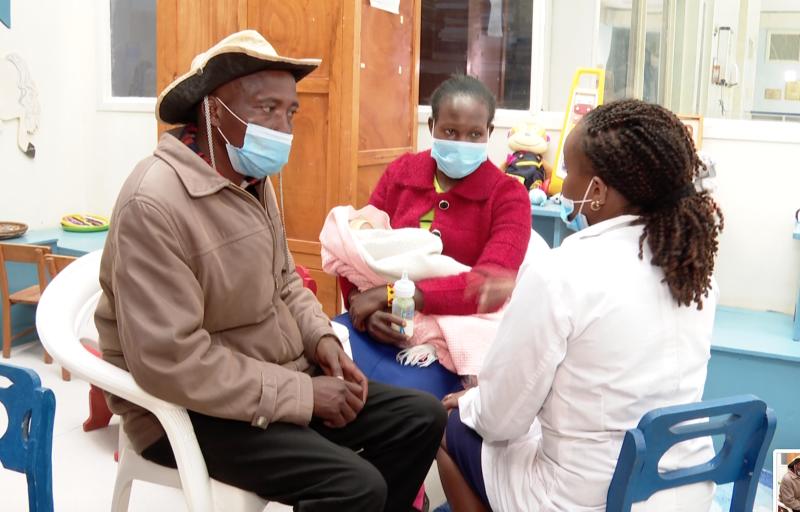
Children born with cleft lip and palate face difficulties while suckling, and this is heartbreaking for mothers.
Sylvia Krian, a mother of a three-month-old who was born with a cleft lip and palate says this condition prevents the baby from breastfeeding properly.
“I was shocked when I first saw my child. I wondered what wrong I had done to God to deserve this,” she says.
The World Health Organisation (WHO) recommends breastfeeding children exclusively for the first six months before introducing other foods.
But children born with cleft lip or palate have challenges breastfeeding as they are unable to latch on properly.
Sylvia says that it is quite a task to breastfeed her baby as the cleft causes discomfort.
“She is unable to suckle nor hold the breast properly. She tries but she cannot finish a full feeding session,” says Sylvia.
According to the Centre for Disease Control and Prevention, cleft lip and cleft palate are birth defects that occur when a baby’s lip or mouth does not form properly during pregnancy. This could be caused by genetics, environmental factors or unknown causes.
Anastacia King’ori, a clinical nutritionist at AIC Kijabe Hospital, says mothers of children born with cleft lip are trained on different feeding positions.
“Children born with cleft palate most of the time tire easily without completing a feeding session. Despite this, it is important for a child to complete a feeding session which is about 15 to 20 minutes in order to attain hindmilk, which promotes growth of the child,” she says.
“If they are completely unable to latch, then special bottles are used to feed them or the expressed milk can be put in a cup.”
King’ori says in order to keep breastfeeding a child with cleft lip and palate, a mother has to adjust her sitting position as well as the baby’s.
“Normally children born with cleft lip and palate experience nasal regurgitation whereby milk comes out of the nose because of the open anatomy,” says Kingori.
However, corrective surgeries can be done once the baby attains three months and the required weight.
 The Standard Group Plc is a multi-media organization with investments in media platforms spanning newspaper print
operations, television, radio broadcasting, digital and online services. The Standard Group is recognized as a
leading multi-media house in Kenya with a key influence in matters of national and international interest.
The Standard Group Plc is a multi-media organization with investments in media platforms spanning newspaper print
operations, television, radio broadcasting, digital and online services. The Standard Group is recognized as a
leading multi-media house in Kenya with a key influence in matters of national and international interest.











